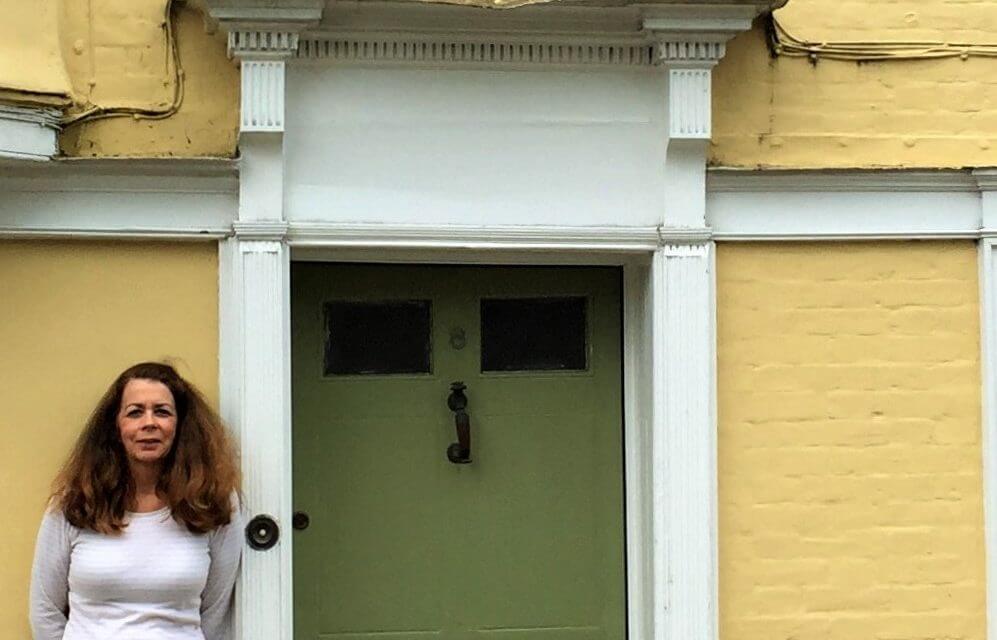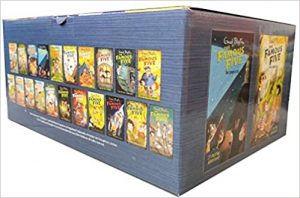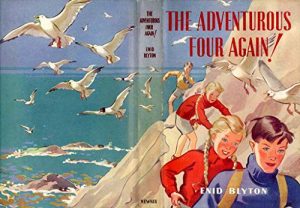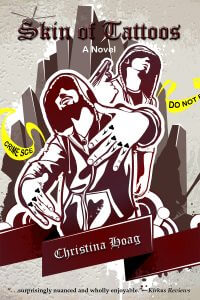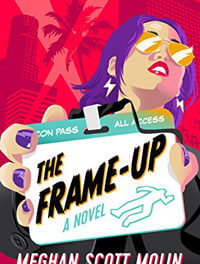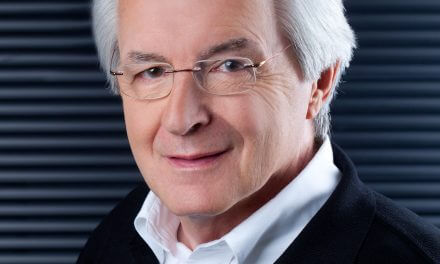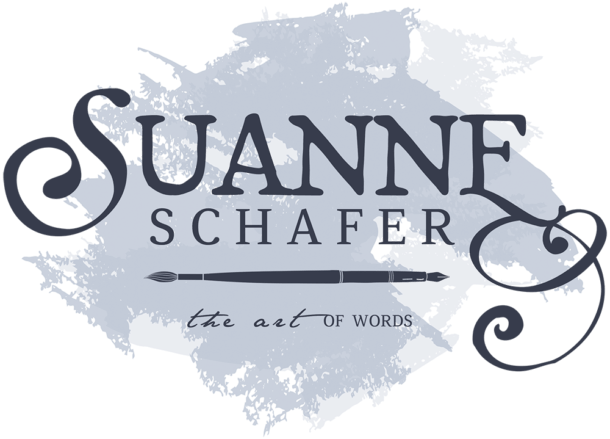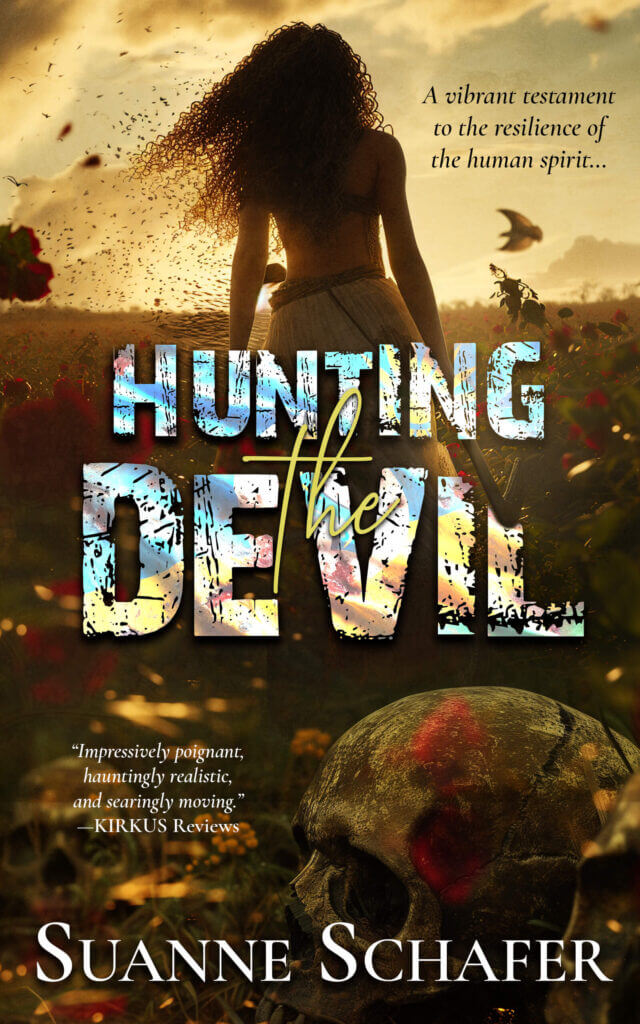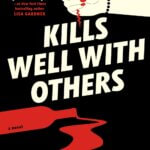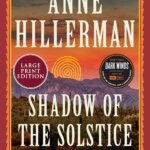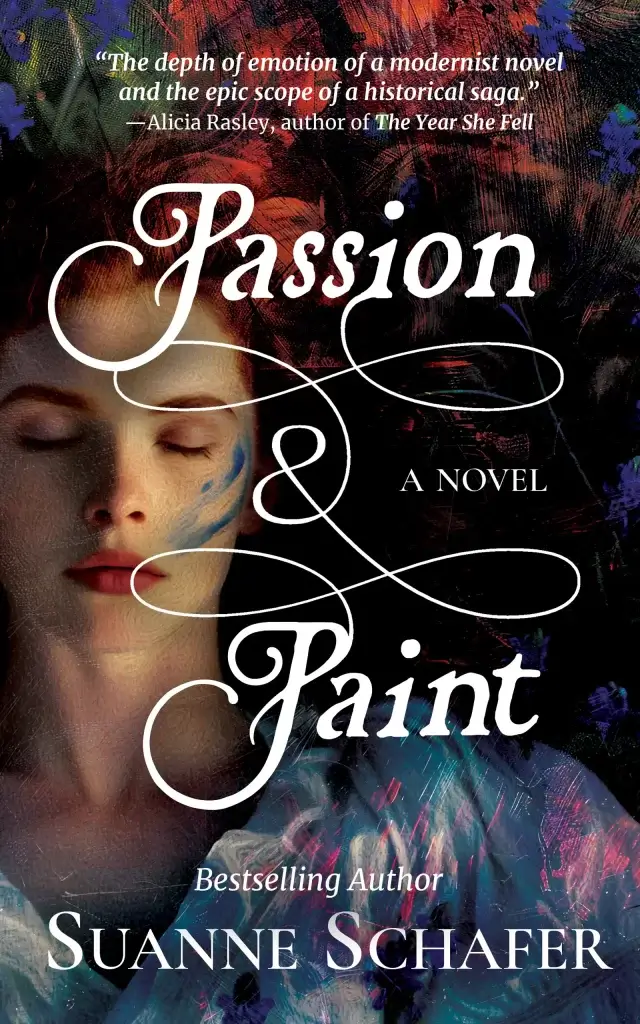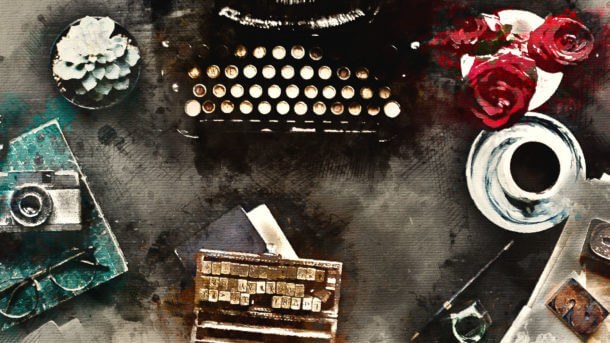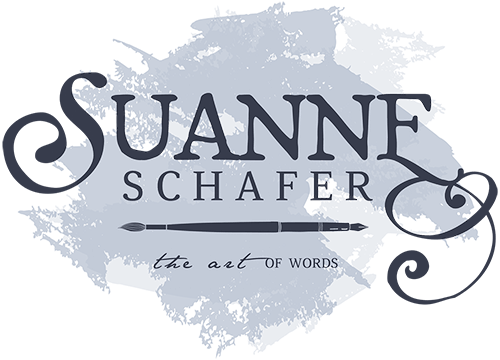On this December 1st, Christina Hoag joins me in a Covid-safe interview. She is a former journalist who has had her laptop searched by Colombian guerrillas, phone tapped in Venezuela, was suspected of drug trafficking in Guyana, hid under a car to evade Guatemalan soldiers, and posed as a nun to get inside a Caracas jail. She has interviewed gang members, bank robbers, thieves and thugs in prisons, shantytowns and slums, not to forget billionaires and presidents, some of whom fall into the previous categories. Now she writes about such characters in her fiction.
Christina’s noir crime novel Skin of Tattoos was a finalist for the 2017 Silver Falchion Award for suspense, while her YA novel Girl on the Brink was named one of Suspense Magazine’s Best of 2016 for young adults. She also co-authored the nonfiction book, Peace in the Hood: Working with Gang Members to End the Violence, which is used as a textbook at University of California Los Angeles, University of Southern California, The Chicago School of Professional Psychology and other academic institutions.
She has had numerous short stories, creative nonfiction essays and poems published in literary journals, most recently in The Shooter (UK) and Lunch Ticket (California).
A former staff writer for the Miami Herald and Associated Press, she’sreported from fourteen countries around Latin America for Time, Business Week, New York Times, Financial Times, Sunday Times of London, Houston Chronicle and other news outlets. A graduate cum laude of Boston University, she won two prizes from the New Jersey Press Association in her newspaper career.
Born in New Zealand, Christina grew up as an expat around the world. She now lives in California, where she has taught creative writing at a maximum-security prison and to at-risk teen girls. She is a regular speaker at women’s conferences, writing conferences and organizations, book clubs and stores, and libraries.
SS: Welcome, Christina. Can you share a bit about your background?
CH: I was born in New Zealand and grew up around the world due to my dad’s job in the mining industry. Besides New Zealand, where my father was from, we lived in Fiji, Sweden, England (where my mum is from), Nigeria, Australia and the United States. As an adult I lived in three more countries: Spain, Guatemala and Venezuela. In the U.S., I’ve lived in New Jersey, Boston (where I attended Boston University), Miami (where I was a reporter for the Miami Herald) and Los Angeles (where I was a reporter for The Associated Press and still live and work as a freelance writer/editor and write fiction and occasional essays).
SS: I had a bit of a peripatetic childhood myself. My dad was an oil well logging engineer, so we followed the oil fields. With the result that by the time I was twenty-four months old, I’d lived in twenty-town towns across the western United States. Then in my twenties, I lived in Pakistan, Italy, and Singapore and visited multiple other countries. What did you want to grow up to be as a child?
CH: I won a small prize when I was five or six years old for “writing interesting stories” so the writing thing has been there ever since I can remember. Teachers would write in my report cards that I had a “vivid imagination.” I loved to read as a child so naturally I wanted to grow up and write books too. In high school, I discovered journalism and I thought, aha! Here’s job that will pay me to write and travel. I majored in English at BU and became a newspaper reporter for many years.
SS: What literary pilgrimages have you made?
CH: I love making literary pilgrimages. I love to travel, and I always try to seek out some place of literary renown. I’ve visited Ernest Hemingway haunts in Key West and Cuba, the graves of Oscar Wilde and Moliere in the Pere Lachaise cemetery in Paris, John Steinbeck’s house and museum and Jack London’s ranch in California, Graham Greene’s hotels in Port-au-Prince, Havana, and Saigon, August Strindberg’s home in Stockholm, W. Somerset Maugham’s haunt at the Raffles Hotel, Singapore, and Shakespeare’s house and theatre in Stratford-upon-Avon and the home where Jane Austen died in Winchester, England.
SS: Writing is undoubtedly a lonely occupation. John Green (The Fault in Our Stars) says writing is a profession for introverts who want to tell you a story but don’t want to make eye contact while doing it. P. D. James (Cover Her Face) says it’s essential for writers to enjoy their own company. Do you see yourself along those lines? Are you a natural loner?
CH: I am an admitted introvert and loner, though I’ve gotten better about being more outgoing as I have aged. I used to be dreadfully shy. I don’t need a lot of people around me and I enjoy my own company. In fact, I have to be careful not to isolate myself.
SS: If you time-warped fifty years into the future and found that something you created has become a trope or buzzword, how would you feel? Would you feel cheated of royalties or vindicated as a genius?
CH: Vindicated as a genius, definitely! I’ve accepted that creative writing is not very lucrative. I do it because I love it. So the money thing is not going to be a big issue for me.
SS: How do you give back to the writing community?
CH: I’ve served as a volunteer creative writing instructor to at-risk teen girls at two high schools in South and East Los Angeles. As a volunteer, I’ve also taught writing at a maximum-security prison outside Los Angeles. All these were great experiences, especially going into the prison. I’ve also been on the volunteer committee for the 2019 California Crime Writers Conference, helping to organize manuscript critiques, and I’m sure I’ll do similar things in the future.
SS: Do you ever incorporate something that happened to you in real life into your novels?
CH: Girl on the Brink was loosely based on my experience in an abusive relationship. I wrote the book for teen girls as a sort of cautionary tale so they would learn the red flags of an abuser, which can often be misinterpreted, and to seek help. Much of it is fictional, but there are parts of dialogue that were plucked directly from my own experience. I’m glad I wrote it.
SS: What kind of research did you have to do for your other novel?
CH: For Skin of Tattoos, which is about a gang in central Los Angeles, I did a ton of research. I did a lot of it wearing my reporter hat as I covered a lot of gang issues and co-authored a nonfiction book on gang intervention. But I also read memoirs, watched movies and documentaries, read other novels, looked up slang on the internet and so on. My biggest compliment on the book came from two former members of Latino gangs who were at the prison where I taught writing for a while. They said they knew guys just like my character Rico and it was a firme(great) book. I only wish they could’ve put that in an Amazon review!
SS: What’s the first book you read that made you think, “I’ve got to write something like this someday!”
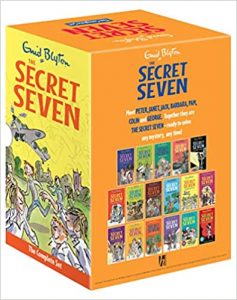
SS: Who do you most wish would read your books?
CH: Hollywood producers!
SS: The mystery genre is now no longer limited to the traditional detective story but embraces the police procedural, the hard-boiled novel, the tale of psychological suspense, the crime novel, and the thriller. With such enormous overlapping of these sub-genres, did you find it difficult to categorize your book?
CH: This actually turned into a huge problem for me with Skin of Tattoos. At the time, my literary agent was getting ready to go out on submission with it and we had a hard time categorizing my book. I had never given genre a thought. I had simply written the book I wanted to write. The agent called it a “literary thriller,” but to me it’s really noir crime fiction. Categorizing my other novel, Girl on the Brink, was less problematic. It’s Young Adult and I found that it fit neatly into a YA genre called “social issue” because it’s about teen dating violence/abuse.
SS: Crime fiction and thrillers seem to be a great way to “hide” commentary on current political or social issues inside a narrative. Do you think political statements belong in literature? Would you write a novel that was a political tract?
CH: I definitely think political statements belong in literature, as in all art. Literature is a great way to illustrate and humanize political issues, look at The Jungle by Upton Sinclair, published in 1906 and about the meatpacking industry. Every book is like its own little world, and if you as a writer can include expose injustice in that world, why not? It makes the book richer and more textured.
SS: What are you working on at the moment?
CH: I’m working on a standalone mystery set in a fictional town in northern New Jersey, where I went to high school. It involves some of the characters from my YA novel Girl on the Brink, but it’s an adult novel.
********************
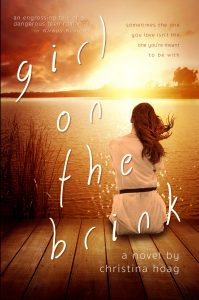
Girl on the Brink is available here.
********************
An excerpt from Skin of Tattoos:
Night in L.A. can be heavy as a medieval cloak or it can sparkle and crackle. It can burn you with its current, protect you or betray you. It can be like a girl with a wet pout and curves that clap into your cupped hands. Tonight L.A. was just heavy; swimming in sweet syrup heavy.
I stood on the sidewalk and breathed in a lungful of darkness. For the first time in twenty-six months and thirteen days, I was free to go to the corner store and buy a Snickers. At least that was my excuse for slipping out my first night home, in case anyone asked. But they didn’t. Moms and my sisters went to bed, my brother Frank wouldn’t be home til the next day and Pops was working his night job. I bolted.
The quietness rang in my ears like I’d been punched upside the head. I had to listen to find noise. It was there. A siren whooped, a car door slammed, but they were faded, comfortable noises like a pair of old jeans. Noise wasn’t up close like in lockup with all its yelling, buzzing, clanging—the constant rumble of hundreds of angry guys. And it was dark. No lights blaring into every little crack of privacy all the time.
I threw the hoodie up over my head and walked past the store flashing the Tecate neon sign behind a barred window, feeling the moon watching me. I was going to see Blueboy. A parole violation for sure. He was on the D.A.’s gang affiliate list and so was I. I was home and free, but not home free. Not by a long shot. But I had to see Blue. We went way back, to before we were both jumped in to the Cyco Lokos. That was a lifetime and a half ago. Just seven years. But they were gang years, which kind of count like dog years. We were thirteen.
Blueboy lived in the armpit of the 110 and 10 freeways. If he was home, he’d be slouched on the couch watching TV with the lights off, like we always did when his moms was working nights at the hospital.
He was going to be surprised when he saw me. I didn’t get word to my homeboys about my release date. I missed the hell out of them, but I wasn’t getting back in the life again. I couldn’t do more time. That’s all la vida loca was going to get me. Or killed. Same difference.
It felt rich just to push one foot ahead of the other and to go wherever I wanted, whenever I wanted. I stuck my arms straight out and walked like that for a while, looking into windows. People watching TV, eating. Women carrying babies, wearing curlers.
I pushed open Blueboy’s gate. The pitbulls next door barked as I ambled down the driveway to the illegal garage conversion where he lived with his moms and sister. Blue flickers from the TV flashed through the missing slats of the window blinds. He was home. For the first time since eight o’clock that morning, when the State of California spit me out to a bus stop, my bones didn’t creak.
********************
You can find Christina here on social media:
Website | Facebook | Twitter | Instagram
********************
This post contains Amazon Affiliate links. As an Amazon Associate, I earn a small amount from qualifying purchases.
